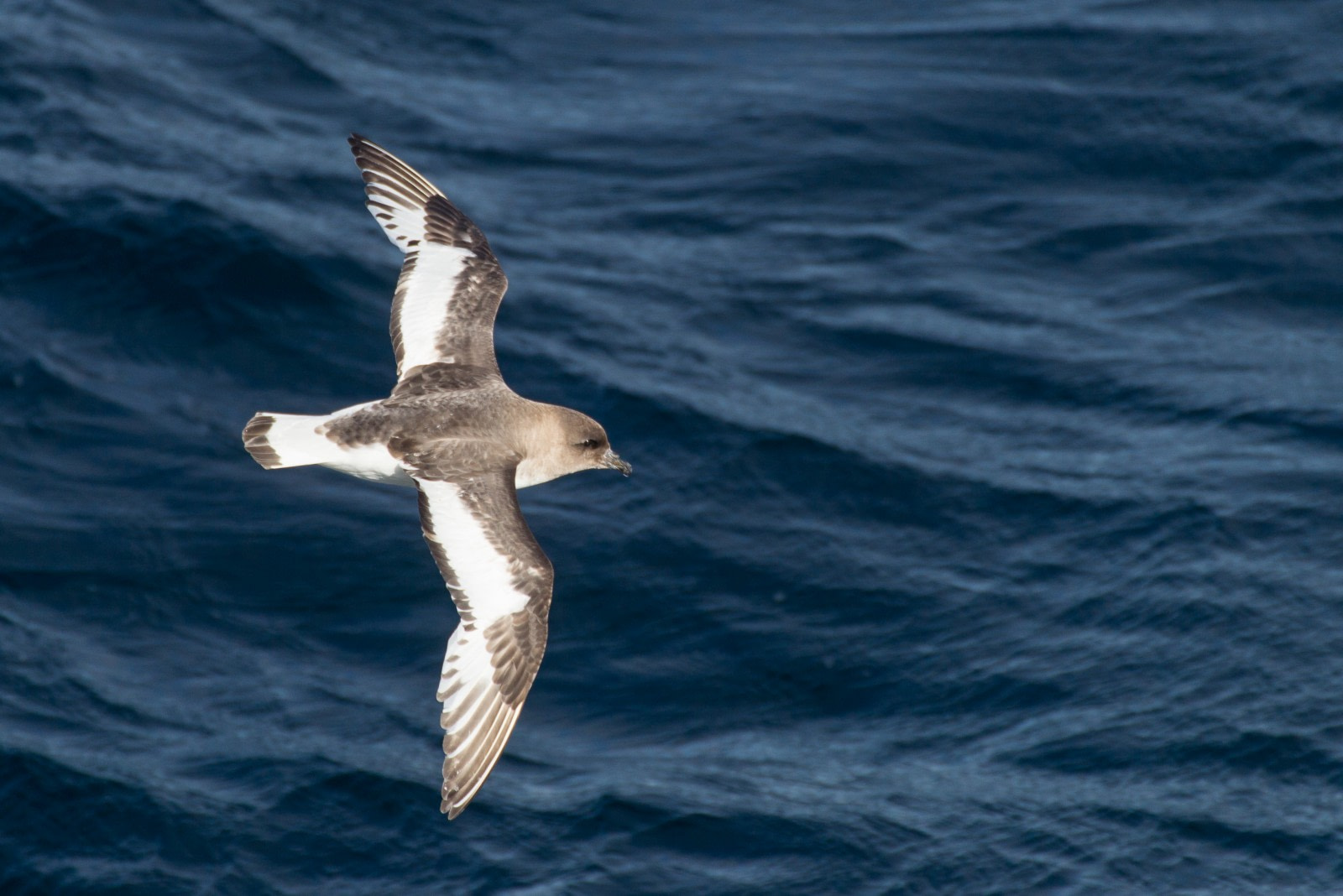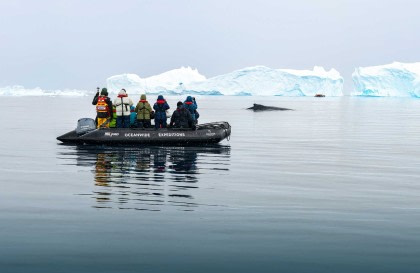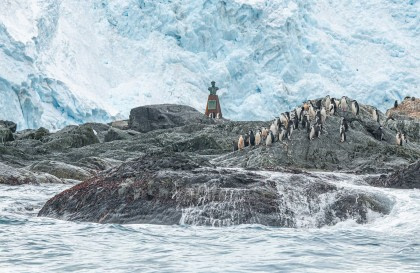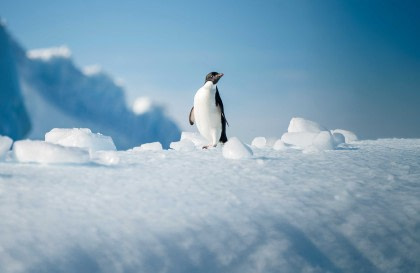Name: Antarctic Petrel (Thalassoica antarctica)
Length: 42 cm.
Weight: 675 grams.
Location: Antarctica
Conservation status: Least Concern.
Diet: Krill, squid, fish.
Appearance: Dark brown head, back, forward wings, and tail tip. White on the aft of their wings, undersides, and rump before tail feathers begin. Black hooked bill. Yellow feet.
How do Antarctic Petrels feed?
Antarctic Petrels do most of their feeding while swimming; however they do sometimes also perform dives.
Are Antarctic Petrels social?
Antarctic Petrels tend to nest in densely packed colonies. In the off-breeding season they can be found in flocks of thousands resting on icebergs.
How fast do Antarctic Petrels fly?
Antarctic Petrels usually fly at a rate of between 15 and 20 meters per second.
What are Antarctic Petrel birthing rituals like?
For the most part nesting sites are located on coasts or islands, although there are examples of colonies being as far as 250 km inland. The nests are built on rock faces or cliffs that are clear of snow. There are about 35 known colonies, the densest of them containing about 225,000 breeding pairs.
There are more females than males in the colonies. Therefore some females are unable to mate every season. In this case, some of these females which did not breed will be allowed to join with a successful breeder to gain experience in raising the young.
One egg is laid towards the end of November. The incubation period lasts two months. Once the egg hatches, the adults will take turns caring for the chick as the other goes off to forage. The chick fledges around the beginning of March.
How long do Antarctic Petrels live?
Antarctic Petrels live about 15 to 20 years.
How many Antarctic Petrels are there today?
Estimates place the Antarctic Petrel population at being between 10 and 20 million adults.
Do Antarctic Petrels have any natural predators?
Antarctic Petrel eggs and young are preyed upon by South Polar Skuas.
7 Attractive Antarctic Petrel Facts
- Antarctic Petrels are the only species within the genus of Thalassoica.
- Antarctic Petrels are one form of bird that produces a foul-smelling stomach oil that can use to A) feed themselves on long flights, B) feed their young via regurgitation, or C) spray at predators.
- Like some other forms of marine birds, Antarctic Petrels have a gland found above their nasal passage that excretes a saline solution. This helps rid themselves of all the extra salt taken in while feeding on ocean waters.
- The word “Petrel” is a reference to Saint Peter who walked on water. Petrels “run” on water as part of their take-off procedure.
- Antarctic Petrels are one of the most southerly nesting birds in the world.
- Antarctic Petrels can sometimes be seen as far north as Australia and New Zealand during the winter.
- Like other Petrels, the Antarctic Petrel have elongated nostrils indicating a well-developed sense of smell which is an unusual feature to be found in birds.








